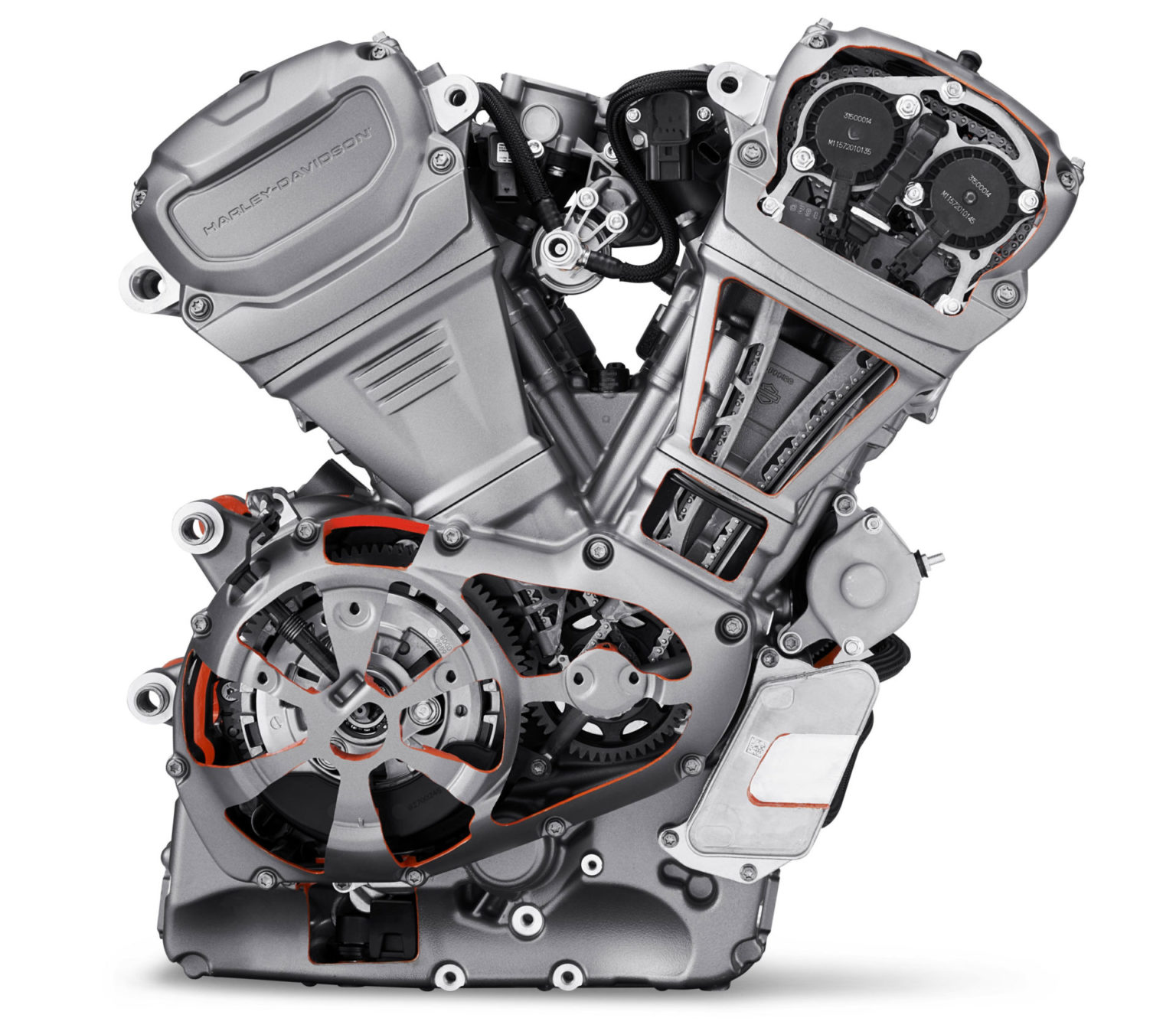Exploring the World of Motorcycles: Engines and Beyond
Dive into the captivating world of motorcycles, exploring the intricacies of engines, design, and the culture that surrounds them.

The Heart of a Motorcycle: Engines
Motorcycle engines are the beating heart of these two-wheeled machines, providing the power and performance that riders crave. Engines come in various configurations, from the popular inline-four to the classic V-twin. Each type has its own characteristics, influencing the bike's torque, speed, and overall feel. Inline-four engines are known for their smooth power delivery and high-revving capabilities, making them a favorite among sportbike enthusiasts. On the other hand, V-twin engines offer a distinctive rumble and substantial low-end torque, appealing to those who prefer a more laid-back riding experience. Additionally, single-cylinder engines, or thumpers, are lightweight and offer excellent fuel efficiency, making them ideal for off-road adventures. Understanding these differences is crucial for anyone looking to explore the diverse world of motorcycles.
Beyond the Engine: Chassis and Frame
While the engine is vital, the chassis and frame play an equally important role in a motorcycle's performance. The frame serves as the skeleton, providing structural integrity and affecting the bike's handling characteristics. Steel frames are robust and cost-effective, often used in cruiser and touring models. In contrast, aluminum frames are lighter and stiffer, enhancing agility and responsiveness, making them a staple in sport and racing bikes. The chassis also encompasses the suspension system, which includes forks and shocks that absorb road imperfections, ensuring a smooth ride. Adjustments to suspension settings can drastically change how a motorcycle handles, offering a tailored experience for different riding styles and conditions. Thus, understanding the interplay between engine and chassis is essential for appreciating the full spectrum of motorcycle dynamics.
The Art of Motorcycle Design
Motorcycle design is an art form that balances aesthetics with functionality. The design process involves creating a visual identity that resonates with the brand's ethos while ensuring optimal performance. Aerodynamics play a crucial role, especially in sportbikes, where streamlined shapes reduce drag and enhance speed. Ergonomics is another key consideration, as the placement of handlebars, footpegs, and seats can significantly impact rider comfort and control. Customization options allow riders to personalize their bikes, from paint schemes to aftermarket accessories, reflecting individual tastes and preferences. Design also extends to instrumentation, with modern bikes featuring digital displays that provide vital information at a glance. As technology advances, motorcycle design continues to evolve, offering innovative solutions that push the boundaries of what's possible on two wheels.
Safety Features: A Modern Necessity
Safety is paramount in the world of motorcycles, and modern bikes come equipped with an array of features designed to protect riders. Anti-lock Braking Systems (ABS) prevent wheels from locking up during sudden stops, maintaining traction and control. Traction Control Systems (TCS) help manage power delivery, especially on slippery surfaces, reducing the risk of losing grip. Additionally, advanced rider aids like cornering ABS and electronic suspension adjustments enhance safety by adapting to various riding conditions. Helmets, protective gear, and visibility enhancements like LED lighting are also critical components of motorcycle safety. While technology plays a significant role, rider education and awareness remain essential for safe riding practices. Together, these elements create a safer environment for motorcyclists, allowing them to enjoy the thrill of riding with peace of mind.
The Evolution of Motorcycle Technology
Motorcycle technology has evolved dramatically, transforming the riding experience with each innovation. From fuel injection systems that optimize fuel delivery to ride-by-wire throttles that provide precise control, technology has enhanced performance and efficiency. The integration of smart electronics offers features like customizable riding modes, allowing riders to adjust settings for different terrains and preferences. Electric motorcycles are gaining traction, offering a glimpse into a sustainable future with zero emissions and silent operation. These advancements extend to connectivity, with some bikes featuring Bluetooth integration and GPS navigation for added convenience. As manufacturers continue to push the envelope, the future of motorcycle technology promises even more exciting developments that will redefine the boundaries of riding.
Riding Culture: A Global Community
The world of motorcycles extends beyond machines to encompass a vibrant culture that unites enthusiasts globally. Motorcycle clubs and events provide a sense of community, where riders share their passion and experiences. From iconic gatherings like motorcycle rallies to local meet-ups, these events celebrate the spirit of freedom and adventure that motorcycles embody. Riding culture is diverse, with various subcultures ranging from cruisers to sportbikers, each with its own traditions and values. The camaraderie among riders is palpable, as they bond over shared journeys and the love of the open road. This culture also influences fashion, music, and media, leaving an indelible mark on popular culture. For many, motorcycles represent more than just transportation; they symbolize a way of life.
Sustainability in the Motorcycle Industry
As environmental concerns grow, the motorcycle industry is embracing sustainability, seeking ways to reduce its carbon footprint. Manufacturers are investing in electric motorcycles, which offer eco-friendly alternatives to traditional internal combustion engines. These electric bikes produce zero emissions and require less maintenance, appealing to environmentally conscious riders. Additionally, advancements in battery technology are extending range and reducing charging times, making electric motorcycles more practical for everyday use. Sustainable practices also include the use of recycled materials in manufacturing and efforts to minimize waste. As the industry moves towards a greener future, riders can look forward to innovations that balance environmental responsibility with the thrill of riding. This shift not only benefits the planet but also ensures that future generations can continue to enjoy the world of motorcycles.